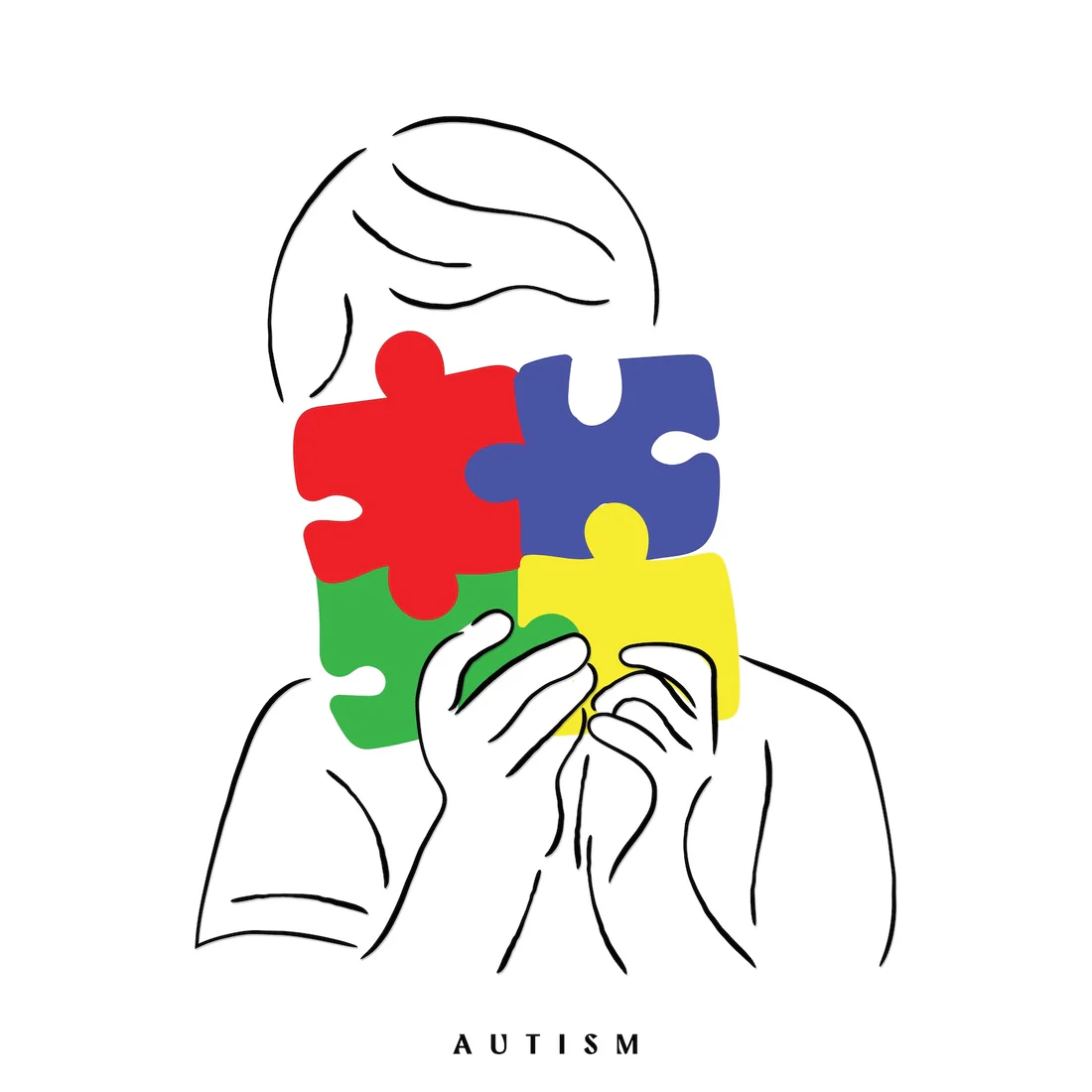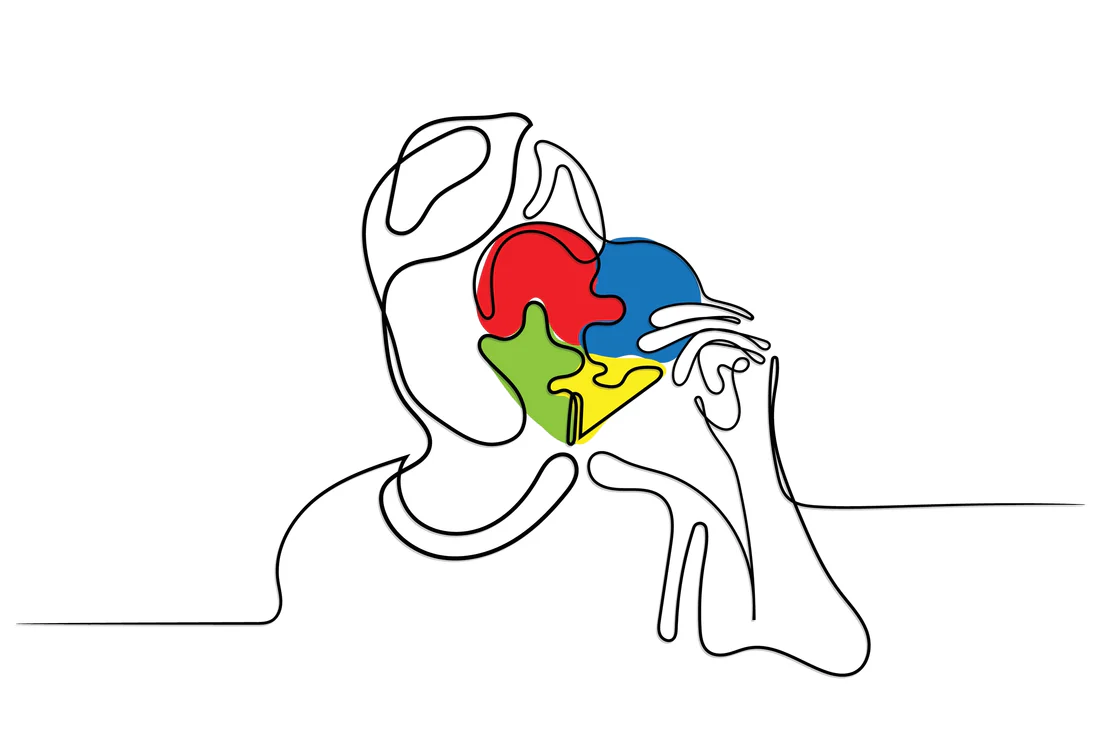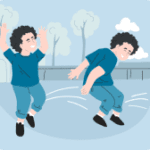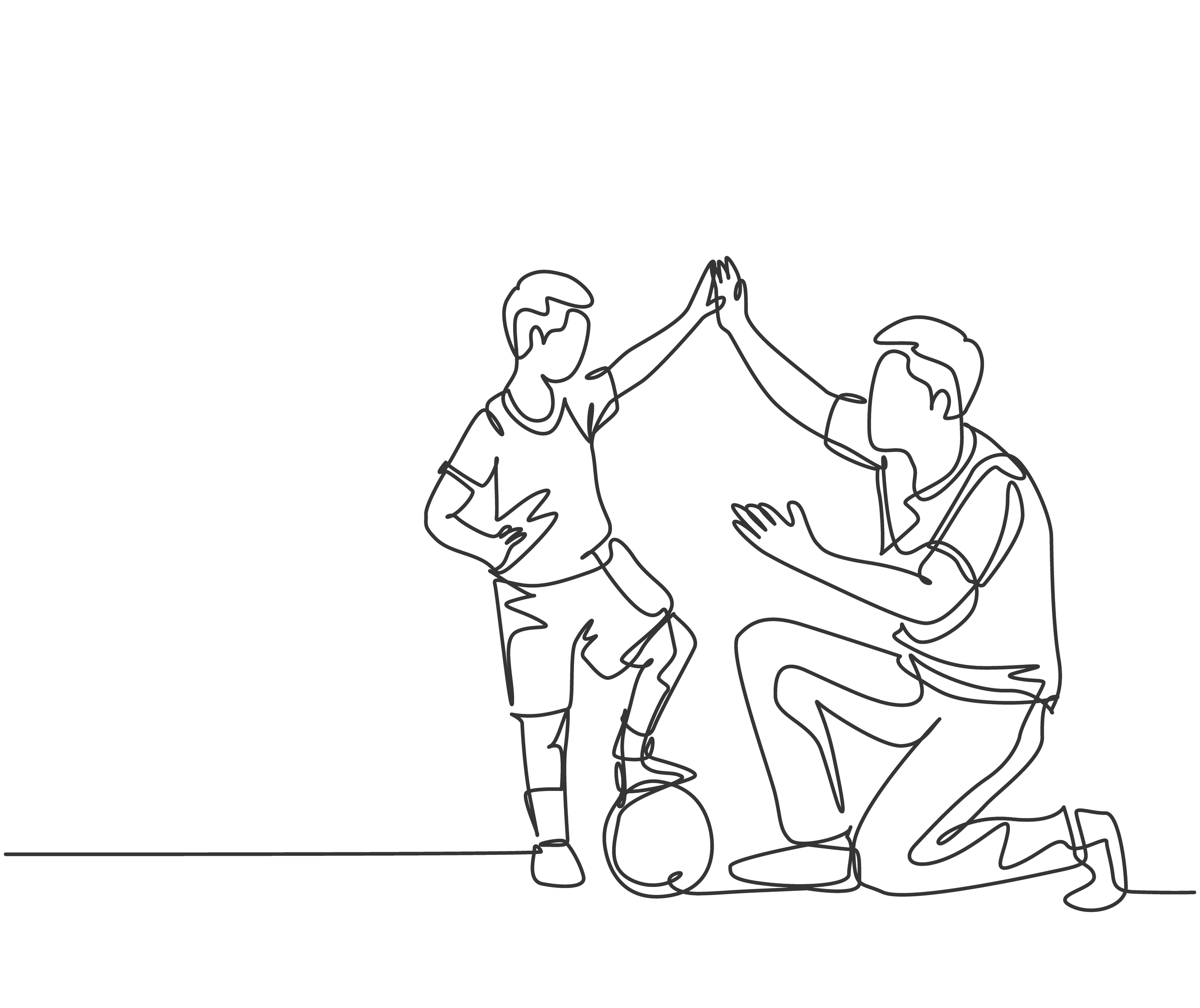What are some coping strategies for family and friends of those with SPD?
July 11, 2024
What are some coping strategies for family and friends of those with SPD?
Navigating Sensory Processing Disorders in Daily Life: A Compass for Caregivers
Navigating life with a sensory processing disorder (SPD) can be an intricate and overwhelming experience for both the individual and those around them. It’s not just the person diagnosed with SPD who feels the impacts; it’s their entire community of loved ones. If you’re a parent, caregiver, or family member of someone with an SPD, you’re not alone in your quest for understanding and support. This guide is designed to be a companion in your journey, offering you a compass to help your loved one flourish despite the challenges they may face.
Understanding SPD: From Confusion to Clarity
SPDs often go misdiagnosed or misunderstood. Visible signs may be absent, making it a ‘hidden’ condition. Understanding the basics is imperative. Sensory processing disorders occur when the brain has difficulty receiving and responding to information that comes in through the senses. This can manifest in a variety of ways – from over-responsiveness (hypersensitivity) or under-responsiveness (hyposensitivity) to certain sensory stimuli. Imagine loud noises feeling like an earthquake, or a gentle touch like a knife’s edge; it’s the spectrum of sensation turned up to eleven.
Recognizing the Signs
Families often begin to notice symptoms early on in their child’s life, but for others, it’s a perplexing revelation. Common behavioral signs can include:
- Overreaction to sounds, smells, or textures
- Meltdowns in environments that seem otherwise normal to others
- Difficulty with new or unexpected changes
- Avoidance of certain foods or eating issues rooted in sensory aversions
Constructing a Supportive Environment
Creating a sensory-friendly atmosphere can work wonders for individuals with SPD. This involves adapting living, playing, and educational spaces to minimize sensory overload and accommodate individual needs.
Home is an Oasis
The home environment is the epicenter of daily life and should reflect the unique sensory needs of the individual. Here are some ways to adapt:
- Designate quiet spaces where they can retreat
- Create a sensory toolkit with items that provide comfort, like weighted blankets or fidget toys
- Use organizational systems to keep sensory-incompatible items out of sight
Schools and Beyond
When outside the home, schools and public spaces present their own set of challenges. Communicating effectively with educators and administrators becomes key.
- Initiate discussions with teachers about your child’s needs and how to address them
- Consider an Individualized Education Plan (IEP) that outlines specific accommodations in the classroom
- Advocate for your child’s needs respectfully and persistently
Nurturing Growth Through Therapy and Treatments
Therapeutic interventions can make a world of difference for individuals with SPD. From occupational therapy to speech-language pathology, these professionals are the guides to a better understanding of and interaction with the world.
Occupational Therapy (OT)
OT focuses on improving the individual’s ability to perform the daily activities that are central to the well-being and quality of life. This can mean teaching them how to complete tasks they may find challenging due to sensory issues.
Sensory Integration Therapy
Sensory integration therapy aims to help the individual “re-wire” their brain to process and react to sensory information differently, often through controlled and safe exposure to stimuli they find aversive.
The Power of Routine and Structure
Structure can be incredibly grounding and comforting for individuals with SPD. A predictable routine can help them better manage their responses and feel more in control.
An Anchor in the Day
Develop a daily schedule that is consistent and predictable. This doesn’t mean every minute needs to be planned, but having a general rhythm can reduce anxiety related to unexpected change.
Visual Schedules
For those who respond well to visual aids, a schedule that uses pictures or symbols can be particularly effective. It aids in understanding the sequence of daily activities and provides a clear transition between them.
Cultural Challenges and Stigma
SPDs intersect with cultural norms and values, which can sometimes lead to stigma or misunderstanding. It’s important to find ways to bridge this gap and foster understanding within the community.
Open Dialogue
Encourage discussions about sensory processing and its variations within your community. The more we talk about it, the less stigmatized it becomes.
Promoting Awareness
Participate in or organize events that raise awareness about SPD. This can include community workshops, school presentations, or simply sharing information via social media.
Finding Support for Yourself
Being a caregiver or family member to someone with SPD presents its own set of challenges. It’s critical to find support for yourself to avoid burnout and provide the best care possible.
Support Groups
Joining a support group can connect you with others who understand what you’re going through. It’s a space to share experiences, seek advice, and find solidarity.
Self-Care Is Not Selfish
Remember to take care of yourself. Your well-being is just as important in this equation. Find time for activities that bring you joy, and do not hesitate to ask for help when needed.
Encouraging Independence and Self-Advocacy
While support from others is invaluable, the ultimate goal is to empower individuals with SPD to advocate for themselves and develop a sense of independence.
Teaching Self-Recognition
Help them recognize their own sensory needs and articulate them to others. This can be a powerful tool for navigating the world with confidence.
Building Life Skills
Work together on developing skills that will help them lead an independent life, such as cooking or managing money. By starting early and taking it step by step, you lay the foundation for a self-sufficient future.
Celebrating Growth and Progress
Appreciate the milestones, no matter how small they may seem. Every achievement is a step forward, and acknowledging them fosters a positive environment of growth and support.
Reflect on Achievements
Take time as a family to reflect on the progress made. Discuss what worked, what didn’t, and how to continue improving.
Mark the Moments
Celebrate achievements with enthusiasm. Whether it’s completing a task that was previously daunting or participating in a social event, these moments deserve recognition and praise.
Patience and Perseverance
Caring for someone with SPD is a marathon, not a sprint. It requires a generous dose of patience and a tenacious commitment to finding what works best for your loved one.
One Step at a Time
Approach each challenge one step at a time. Overloading the agenda will do more harm than good.
Never Give Up
There will be difficult days, but with your unwavering support, your loved one can overcome any obstacle. Your role as a caregiver is irreplaceable and your dedication makes a world of difference.
Understanding and supporting a loved one with SPD is a complex and ongoing journey. It involves adaptation, communication, and an unshakable dedication to their well-being. Remember that every milestone, no matter how small, is a cause for celebration. Together, as a family, you can create an environment where they can thrive. Keep your compass handy, and never hesitate to forge a new path toward a brighter, more inclusive future.








































 Speech Therapy
Speech Therapy Physical Therapy
Physical Therapy Occupational Therapy
Occupational Therapy




